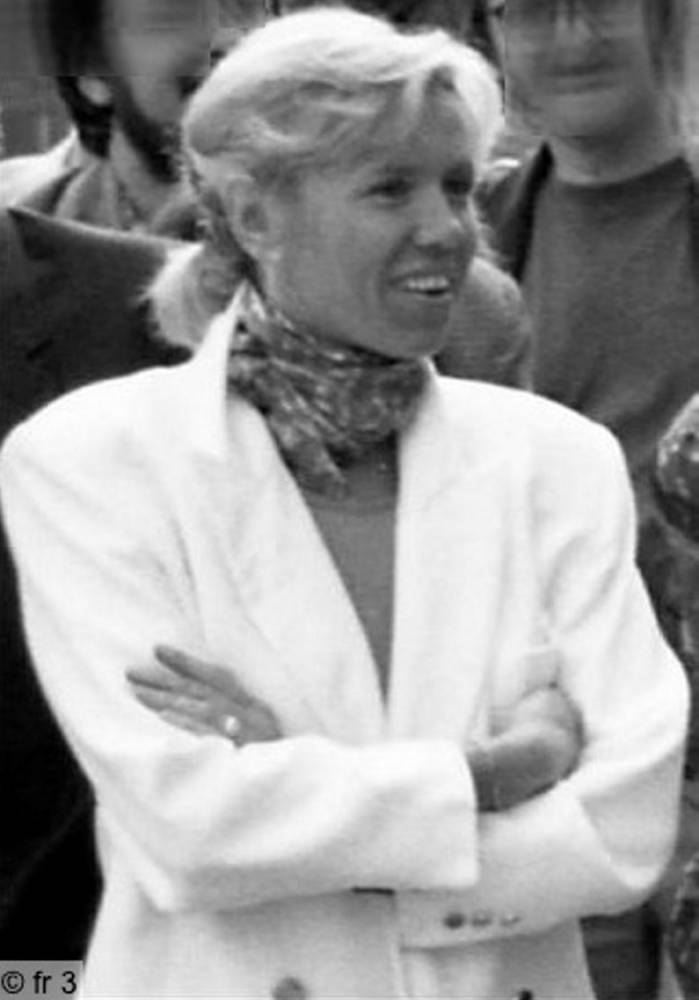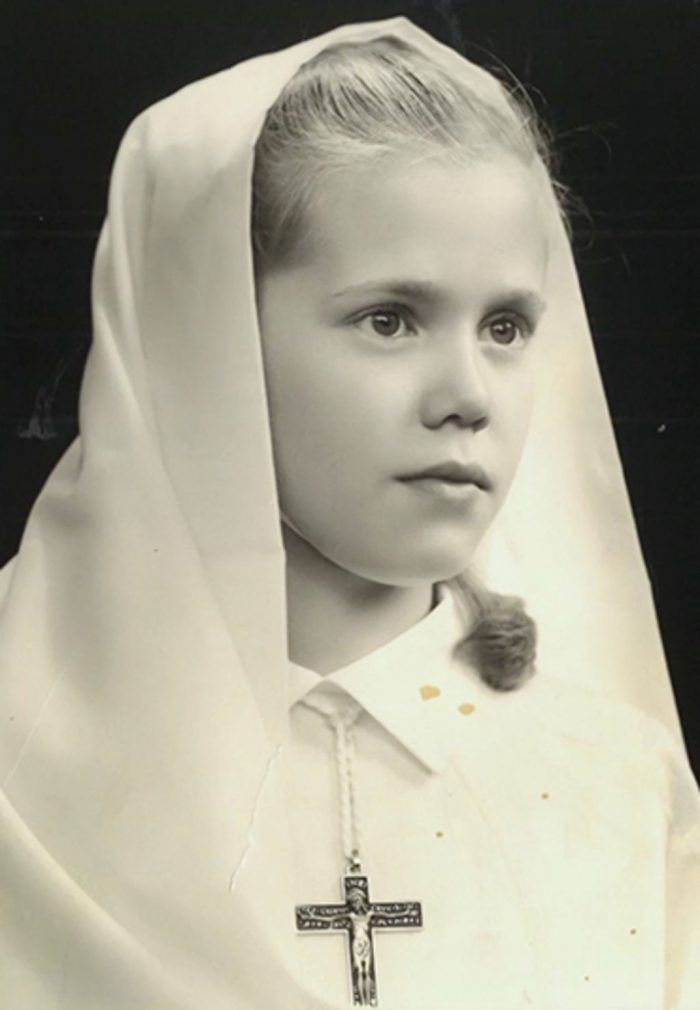Could the life of France's First Lady be more fascinating than we realize? Brigitte Macron's journey, from the quiet streets of Amiens to the opulent halls of the lyse Palace, is a testament to a life lived with grace, resilience, and a touch of the unconventional.
In a file photo dated July 20, 2017, the world saw a glimpse of the future, French President Emmanuel Macron, a man known for his youth (then 39), charisma, and a modern approach to politics, alongside his wife, Brigitte. The photograph, taken at the heart of power in Paris, captured a moment of quiet intimacy, a stark contrast to the whirlwind of public life that has come to define their relationship. But it's a relationship built on a foundation laid long before the presidency, back in Amiens, France, where their paths first intertwined. This is a story of intrigue and a journey into the heart of France's modern monarchy.
| Attribute | Details |
|---|---|
| Full Name | Brigitte Marie-Claude Macron (ne Trogneux) |
| Date of Birth | April 13, 1953 |
| Place of Birth | Amiens, France |
| Family Background | Youngest of six children; father was a chocolatier and owner of a chain of confectionery shops. Her family was a part of the wealthy bourgeoisie. |
| Education | Attended a private Jesuit school in Amiens, where she later taught drama. |
| Career | Drama Teacher, later a prominent figure in French society as the First Lady. |
| Notable Relationships | Married Emmanuel Macron |
| Age Gap | Brigitte is 24 years older than her husband, Emmanuel Macron |
| Public Role | Actively involved in supporting education, women's rights, and healthcare initiatives. |
| Fashion Influence | Known for her elegant and modern fashion choices, often setting trends. |
| Residence | lyse Palace, Paris |
| Link to a trusted source | Official Website of the French President |
Brigitte Trogneux, as she was known before her marriage to Emmanuel Macron, was born into a world of privilege in Amiens. The Tronier family, her maiden name, were esteemed members of the local bourgeoisie, deeply involved in the production of chocolate and the famous Amiens macarons, a delicacy that further solidified their standing in the community. This early exposure to the finer things in life, and the culture of refinement, undoubtedly shaped the woman she would become. Her roots in Amiens, a city steeped in history and tradition, provided the foundation upon which her future would be built.
Amiens, the city of her upbringing, served as the backdrop to her early life. The family's involvement in the confectionery business, a sweet enterprise, undoubtedly instilled a sense of quality and an eye for detail qualities that would later become hallmarks of her personal style and public persona. Her family settled in Amiens in 1872 and became well-known in their town.
One of the most intriguing aspects of her life is the evolution of her style. Brigitte's fashion choices have always been a subject of keen interest. Early pictures, and subsequent public appearances, provide insights into the development of her image. From the classroom to the world stage, her outfits have often made a statement, showcasing a blend of classic elegance and modern flair. She has always been a real beauty, admired for her sophisticated aesthetic and ability to carry herself with grace and confidence.
But it was not just her fashion that captured attention; it was the woman herself. Her intelligence, her elegance, and her clear understanding of the role she played in the public eye have made her a prominent figure in French public life. She has become a symbol of modern womanhood. Brigitte has consistently navigated the complexities of her position with poise and a sharp awareness of her role, supporting her husband while carving out her own path.
The meeting between Brigitte and Emmanuel at the private Jesuit school in Amiens is a story often recounted. At the time, Brigitte was a drama teacher, 24 years older than her future husband. He was a student in her class, captivated by her intellect, her creativity, and, perhaps, her unconventional approach to life. Their relationship, which began in this setting, sparked controversy. The relationship faced scrutiny and speculation, but their bond persevered.
The images, recently unearthed, have stirred a flurry of commentary. From admiration to derision, the reactions have been as varied as the photographs themselves. The focus is often on her appearance through the years, a testament to the enduring fascination with the First Lady. Brigitte Macron is no stranger to media scrutiny. The media has followed her from the beginning of her husband's term.
The narrative around her often shifts as they are caught up in a whirlwind of social media frenzies and heated discussions, the very essence of public discourse. Her presence in the public eye is a constant reminder of the changing dynamics of power and influence in modern France.
The rumors about a photo depicting a younger Brigitte Macron before transitioning from male to female, have been debunked. The image in question has been confirmed to be someone else. This is not an isolated incident. The spread of misinformation and doctored images in the digital age is a growing concern. It is crucial to differentiate between fact and fiction, particularly when discussing public figures.
Brigitte Macron's journey embodies a narrative that is both unique and representative of our times. She is more than just the wife of a president; she is an individual who has navigated the complexities of public life with her own brand of elegance and intelligence. Her early life in Amiens, her work as a drama teacher, and the development of her personal style all contribute to a complex portrait of a woman who defies easy categorization. Even at the age of 71, as she celebrated her birthday on April 13, 2024, she remained a topic of public conversation and a source of fascination for many.
One can see that the story of Brigitte Macron is a tale of resilience, reinvention, and a life lived on her own terms, a narrative that continues to unfold with each passing day.


